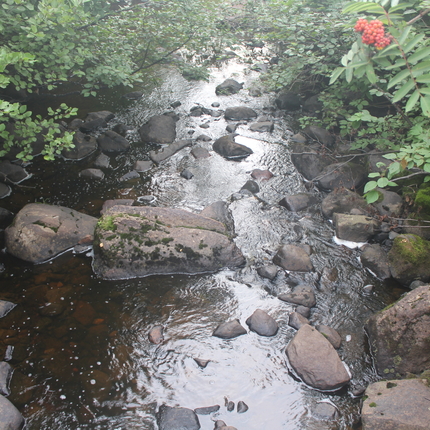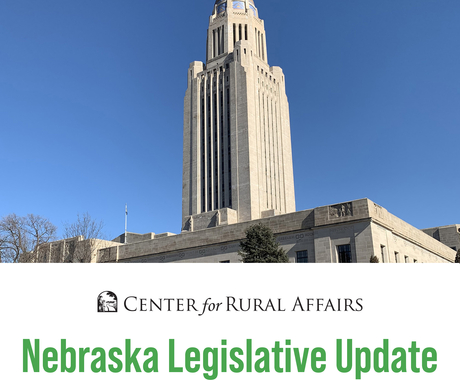By Jordan Rasmussen, former staff member
The Environmental Protection Agency (EPA) has formally began the process to withdraw the Clean Water Rule, as prescribed by executive order. Meetings among the EPA, governors, and other state and local environmental regulators have begun.
The issuance of a draft rule of repeal is only the first phase to withdraw and replace the 2015 Clean Water Rule. Before the rule can be rescinded, there must be a review of the rule, a public comment period, and justification for repeal as demonstrated through law and scientific evidence. Additional time will be required to draft and review any new definitions and rules brought forth by the EPA.
As written, the Clean Water Rule, also referred to as the Waters of the United States (WOTUS) Rule, seeks to protect streams and wetlands that provide water for drinking, farming, industry, and recreation.
The rule defines protected bodies of water and retains existing exemptions from groundwater regulation and for normal farming and ranching practices like planting, harvesting, and moving livestock.
Ultimately, the Trump Administration seeks to only protect waterways that are “relatively permanent,” a narrower definition than guides the existing rule.
Due to a stay of the rule in the district court system, the EPA and Army Corps of Engineers have continued to operate under 1986 regulation and subsequent guidance documents to provide definition.
Much of the opposition to the Clean Water Rule stems from a concern of government over-regulation that was promulgated through the farm and ranch communities during the original rules process.
Contact your governor by June 15 and ask them to keep the 2015 Clean Water Rule that adds clarity to the definition of protected waters.
Find out more about the 2015 Clean Water Rule and how to get involved in your state. Check out our fact sheet on the Clean Water Rule in Nebraska.




